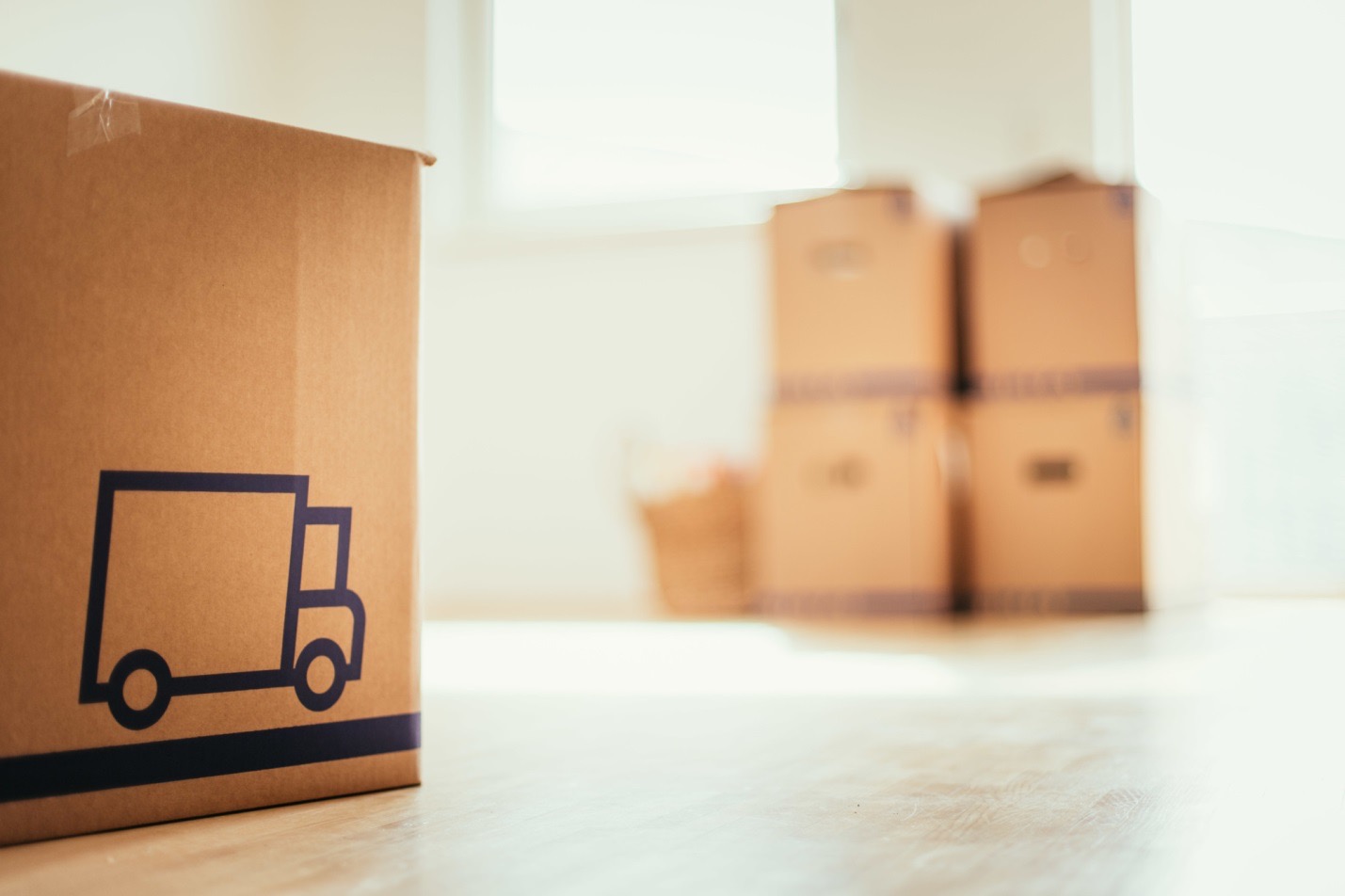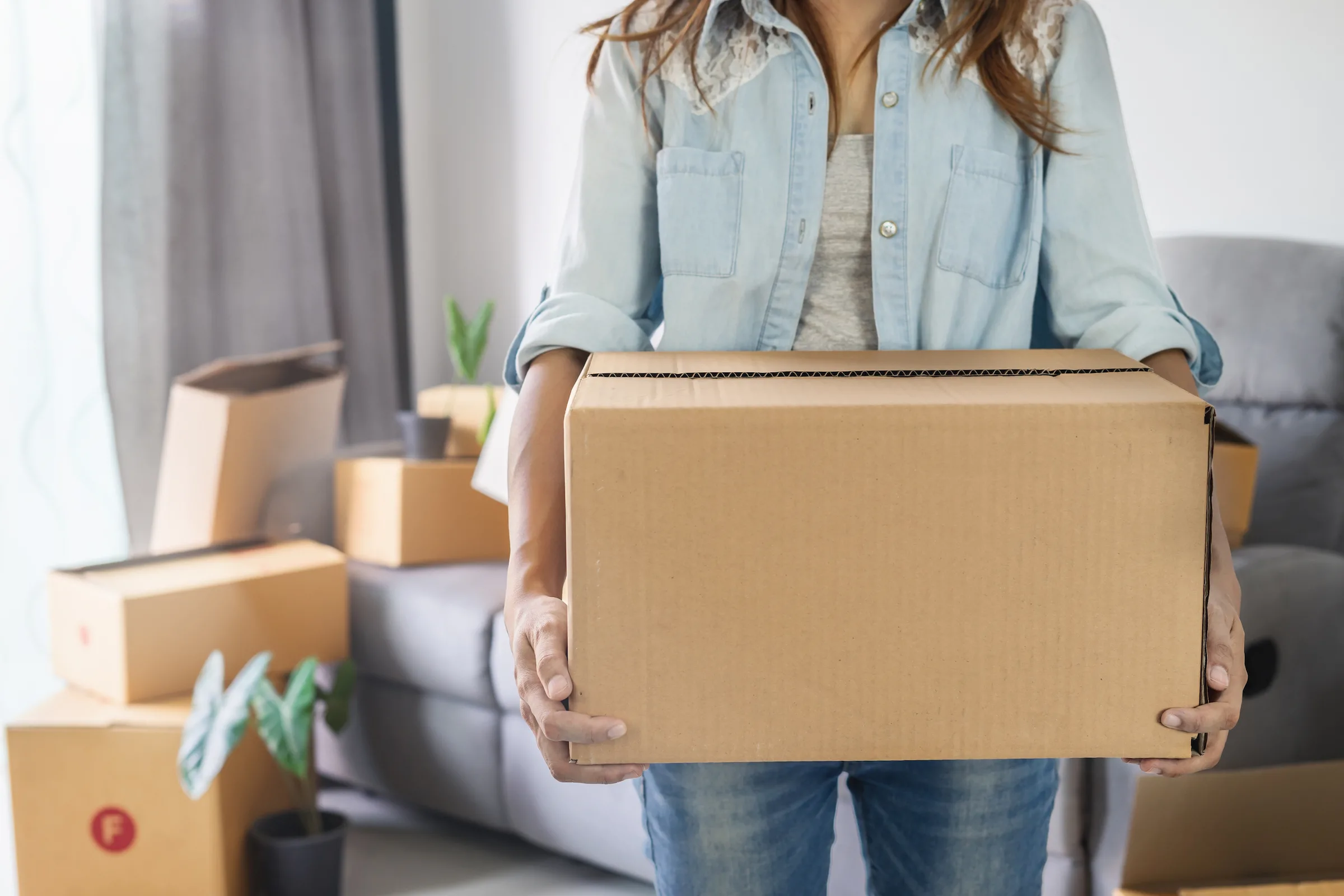Moving to a new home can be an exciting adventure, but it can also put a strain on your wallet. However, with careful planning and a few cost-saving strategies, you can minimize the financial burden and make your relocation more affordable. In this blog, we will explore some practical tips and tricks that help you to moving on a budget without sacrificing the quality of your move.
Plan Ahead
One of the most crucial steps in moving on a budget is proper planning. Start by creating a detailed moving checklist and timeline to ensure you don’t overlook any important tasks. Give yourself ample time to research, compare prices, and make informed decisions.
Declutter and Sell Unwanted Items
Before packing up your belongings, take the opportunity to declutter. Get rid of items you no longer need or use. You can organize a garage sale, sell items online through platforms like Craigslist or eBay, or donate them to local charities. Not only will this lighten your load, but it will also help you earn some extra cash to offset moving expenses.
Compare Moving Quotes
When choosing a moving company, get quotes from multiple providers. Take the time to compare their prices, services, and customer reviews. Opt for reputable and licensed movers with transparent pricing. Don’t forget to inquire about any hidden fees or additional charges that might impact your overall budget.
DIY Packing
Save money on packing supplies by collecting free boxes from local grocery stores, bookstores, or online community groups. Instead of buying bubble wrap or packing paper, use soft items like towels, clothing, or newspapers to cushion fragile items. Enlist the help of friends and family to pack your belongings, making it a fun and collaborative process.
Consider a Self-Move
If you’re up for the challenge and have access to a suitable vehicle, consider a self-move. Renting a moving truck or a cargo van can be more cost-effective than hiring professional movers. However, make sure you feel comfortable driving a larger vehicle and securing your items properly to prevent damage during transit.
Optimize Utility Transfers and Services
Notify your utility providers in advance and schedule the disconnection of services at your current address and the activation of services at your new address. Research different service providers for internet, cable, and other utilities to find the most affordable options in your new location. Bundling services can often lead to discounted rates.
Save on Packing Materials
Instead of purchasing expensive packing materials, use items you already have to protect your belongings. Use suitcases, duffel bags, and laundry baskets to transport clothes and linens. Utilize socks and scarves to protect fragile items within boxes. By being creative and resourceful, you can significantly reduce the amount spent on packing supplies.
Coordinate the Move
If you’re moving long-distance, consider coordinating your move with someone else who’s moving in the same direction. Sharing the transportation costs with another individual or family can be a great way to save money. Explore online platforms and social media groups to connect with potential travel partners.
Take Advantage of Tax Deductions
If your move is related to starting a new job or relocating for work, you may be eligible for certain tax deductions. Consult with a tax professional or visit the official government website to learn about potential deductions and save some money during tax season.
DIY Unpacking and Furniture Assembly
Once you’ve arrived at your new home, take the time to unpack and assemble furniture yourself. Enlist the help of family and friends to make the process more efficient. By avoiding additional fees for unpacking and assembly services, you can keep your moving expenses under control.

FAQs
How can I save money on packing supplies?
You can save money on packing supplies by collecting free boxes from local stores, using towels, clothing, and newspapers as cushioning instead of bubble wrap, and utilizing items you already have, such as suitcases and duffel bags, to transport your belongings.
Is it cheaper to hire professional movers or do a self-move?
The cost depends on various factors such as the distance of the move, the amount of stuff you have, and the availability of help. Generally, a self-move with a rented truck or van can be more cost-effective, but hiring professional movers saves you time and effort. Compare quotes and consider your specific circumstances to determine the most cost-effective option.
Are there any tax deductions available for moving expenses?
Yes, there may be tax deductions available if your move is work-related. Consult with a tax professional or refer to the official government guidelines to understand the eligibility criteria and deductions you can claim.
How can I find affordable utility providers in my new location?
Research different utility providers in your new area to compare prices and services. Look for bundled packages that offer discounted rates for internet, cable, and other utilities. Additionally, consider asking locals or using online community groups to get recommendations for affordable providers in your new neighborhood.
What should I do with unwanted items when moving on a budget?
When moving on a budget, decluttering is essential. You can sell unwanted items through online platforms like Craigslist or eBay, organize a garage sale, or donate them to local charities. This not only reduces the amount you need to move but also helps you earn some extra money or contribute to a good cause.
Conclusion
Moving on a budget doesn’t have to be a daunting task. By implementing these cost-saving strategies and planning ahead, you can make your relocation more affordable and stress-free. Remember to prioritize your needs, remain organized, and take advantage of available resources to save money along the way. With a frugal mindset and careful consideration, you’ll be able to settle into your new home without breaking the bank.
Also Read: Tips for a long-distance move


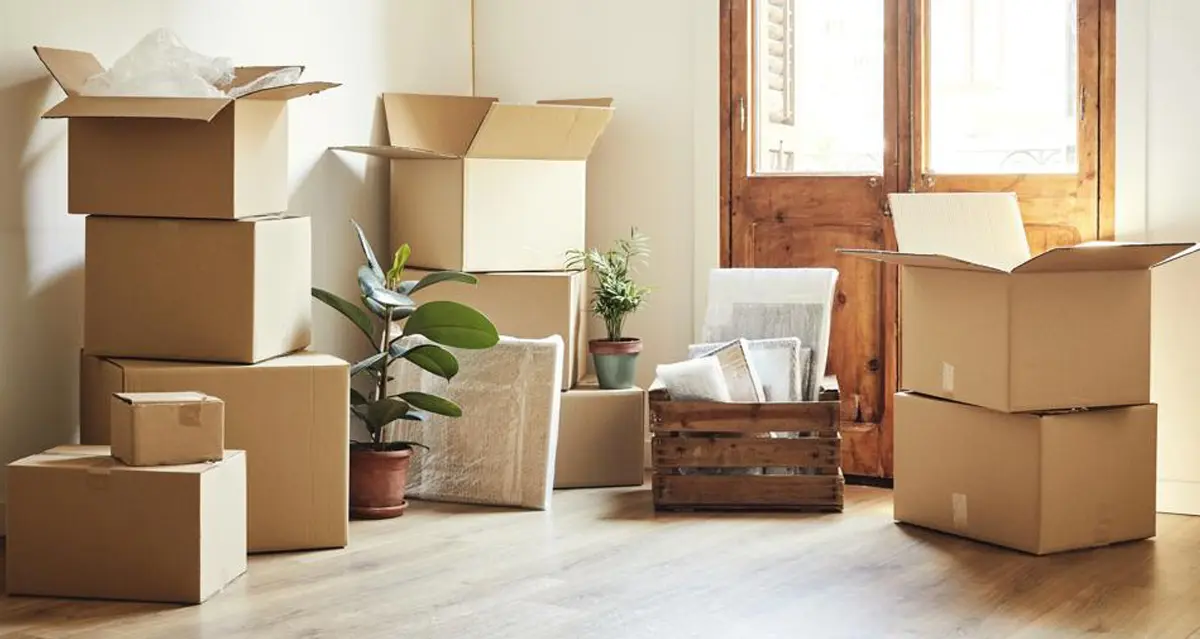

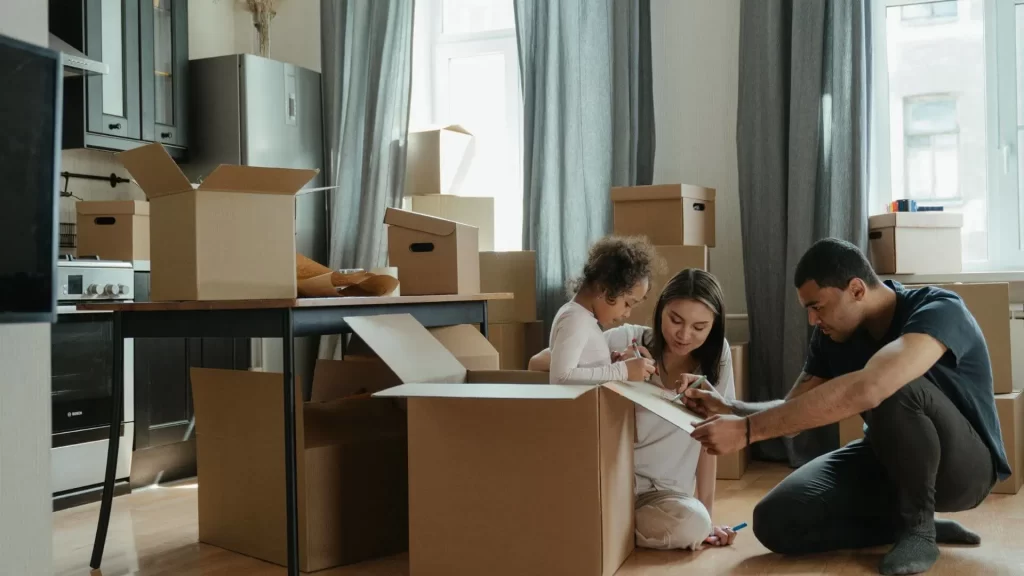 How to Stay Organized and Stress-Free During a Long-Distance Move
How to Stay Organized and Stress-Free During a Long-Distance Move
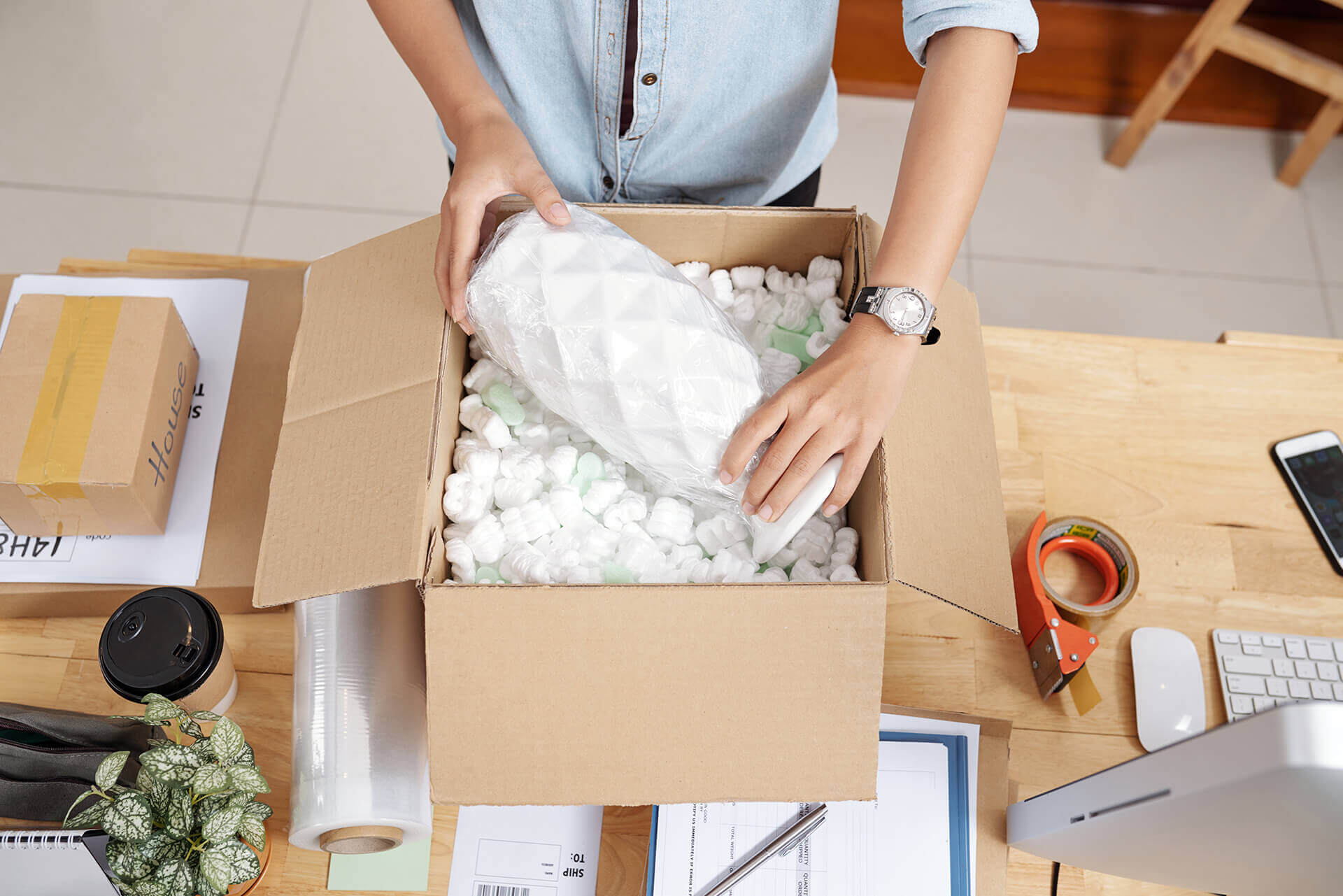
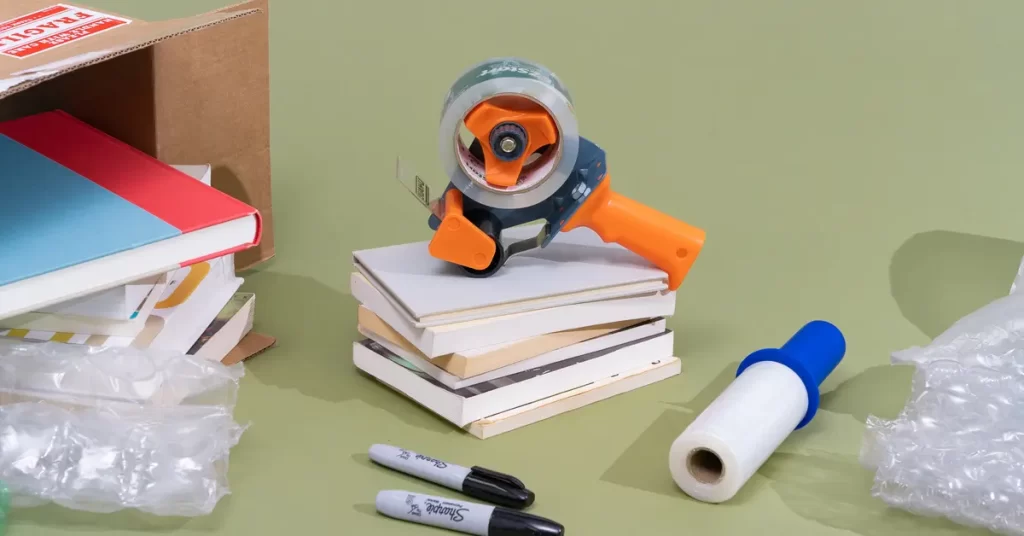 Essential Packing Supplies for Fragile Electronics and Tech Gadgets
Essential Packing Supplies for Fragile Electronics and Tech Gadgets



